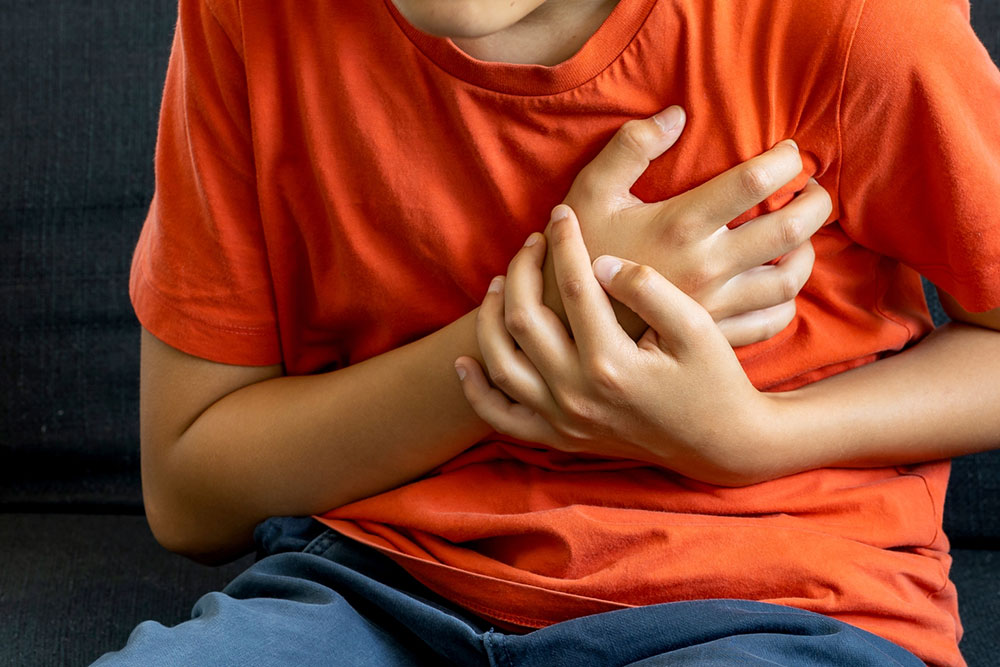14 Early Signs of Menopause

Women have to go through a transformative phase known as menopause. This is when the body undergoes significant changes due to fluctuations in reproductive hormones, marking the end of fertility. While menopause is a natural and inevitable change, the early signs can vary from one person to another. Recognizing the subtle signs can help one prepare themselves to navigate this phase with ease and get the support and care they need.
Irregular periods
One of the earliest signs of menopause is the sudden onset of irregular periods. In the early stages of menopause, one can observe that their periods are either becoming increasingly irregular or light. The length of the cycles may also be affected and can get shorter or longer. In some women, the gap between two consecutive periods might be as long as a couple of months. The changes in the production of hormones, particularly estrogen and progesterone, are responsible for irregular periods.
Hot flashes and night sweats
Another common symptom of menopause is the onset of hot flashes and night sweats. The symptoms are characterized as a sudden sensation of intense heat, often accompanied by signs like flushing of the face, rapid heartbeat, and sweating. Night sweats can be considered a type of hot flash that usually occurs when sleeping.







